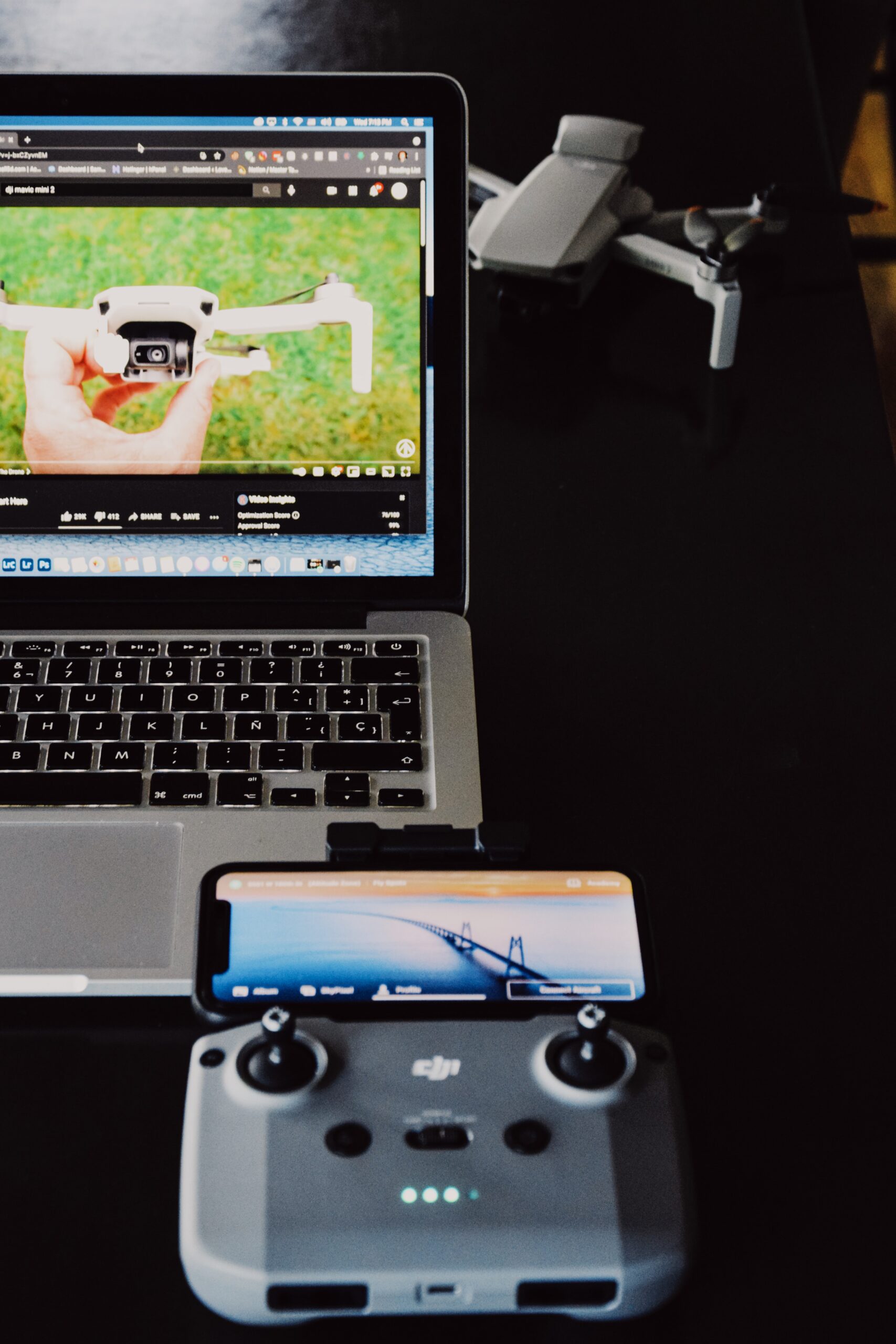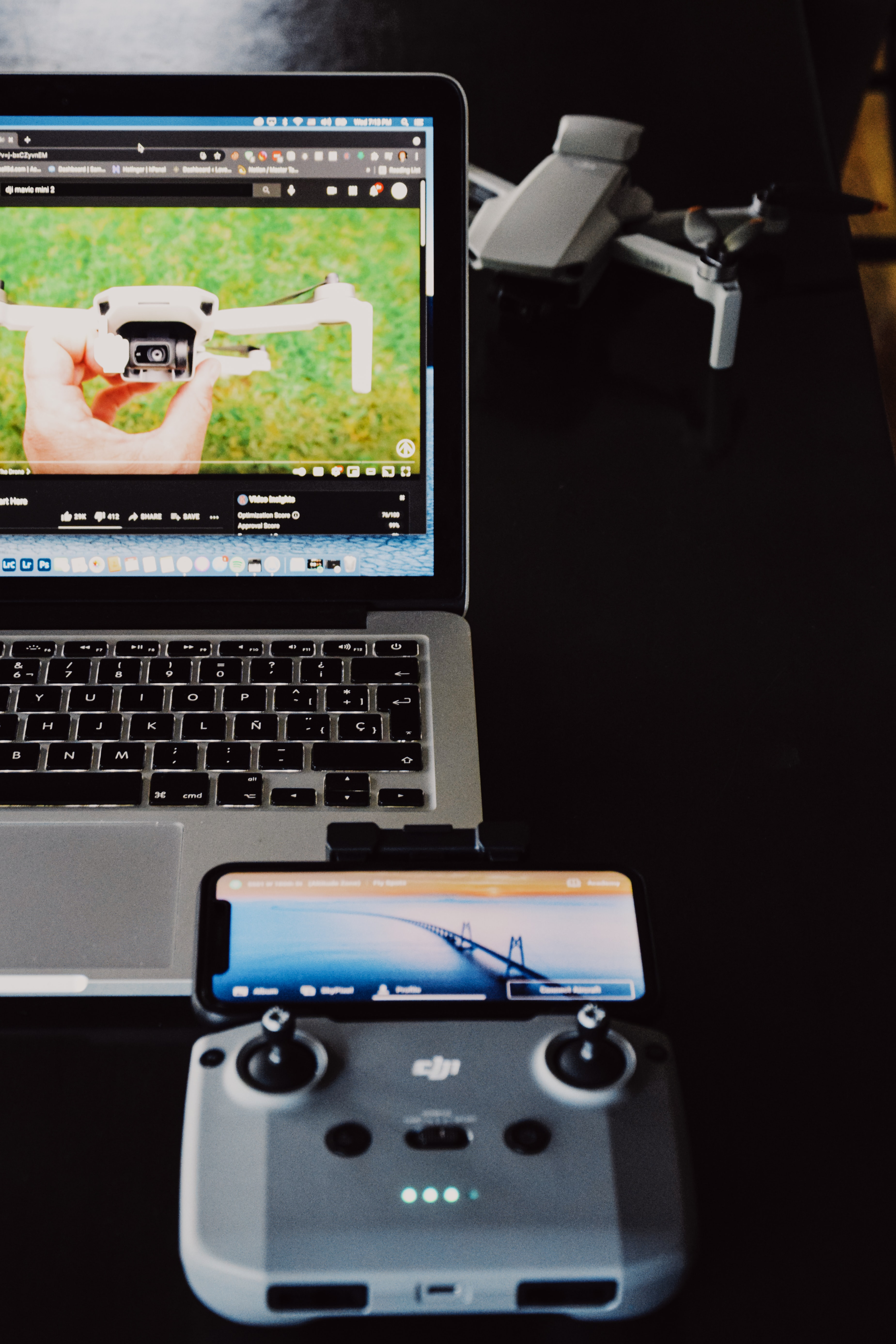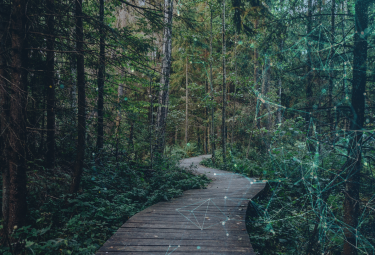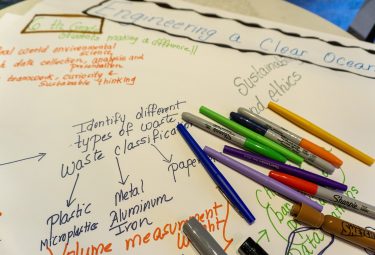Early bird rates are available for registration to the 2026 January ESIP Meeting. Register.
Lights, Camera, Action: Envirosensing Cluster to Develop Video Microtutorials Showcasing Best Practices

In this post, ESIP Community Fellow Kristina Fauss and members of ESIP's Envirosensing Cluster describe the cluster's goals and activities, including the development of video microtutorials.
ESIP’s EnviroSensing Cluster is exploring the concept of video microtutorials – short videos that demonstrate in situ scientific data collection and management techniques using environmental sensors and sensor networks. The EnviroSensing Cluster spawned from a working group in the Long Term Ecological Research (LTER) Network, which has been collecting data for over forty years in a variety of ecosystems across the globe.
Over time, the LTER Network has not only cultivated best practices on in-situ environmental data collection and management, including site selection, telemetry networks, quality control techniques, metadata generation, and data archival but has also shared these techniques with the broader community through intensive workshops. The EnviroSensing Cluster was formed within ESIP out of the acknowledgement that people and organizations outside of the LTER Network might find these best practices, workshops, and access to a community of practice useful.

Tutorials will help practitioners communicate about their problems and techniques.
The Cluster presently functions as an open platform for the development and sharing of best practices relating to in situ environmental data collection, processing, and management. Best practices include standardized methods as well as tips and tricks from practitioners that improve data quality. Best practices are cultivated across the in situ data collection process, from sensor setup in the field to data collection to telemetry networks to the processing and storage of data generated by in situ sensors. Recently, the Cluster’s interests have emphasized low cost and open source sensing technologies. Before the Covid-19 pandemic, Cluster members were planning to hold in-person workshops in these technologies. When the Covid-19 pandemic shut down in-person training, the Cluster progressed to explore how it could continue to hold such trainings online, which led into the concept of video microtutorials.
The Covid-19 pandemic forced many in the scientific community to recognize how much we rely on in person knowledge transfer. It is incredibly challenging to guide a novice through the stages of sensor setup to collection of data and management through a virtual environment. For virtual training, it is challenging and costly to distribute materials to learners and difficult to communicate to learners how to set up and troubleshoot their systems without direct access to their kit. The pandemic also brought to light how many people and organizations do not have direct access to experts and must muddle through existing manuals or resources on the web, or attempt to gain help from experts remotely. Without access to training or tools to solve their problems, these communities tackle their data problems without support, resulting in unnecessarily home-brewed solutions – reinventing solutions to problems that have already been solved. The Cluster has been aware that there are researchers and students across institutions who want to collect environmental data but lack experience, while remote resources for training are deficient, and has explored bringing experts to communities of limited access in need of training. However, it is impractical to provide in-person workshops to solve every data problem as global training would require global travel. Additionally, in the academic environment, students tend to graduate without robust applied skills in mechanical or electrical assembly or study design (most graduates from the science field may not know how to solder a circuit board). Academic labs struggle with knowledge and skill permanency, as graduate students become experts on the tools and techniques used by the lab, then graduate. A high overturn of students and lack of technical skills in recent graduates requires a solution to capture practitioners’ (like the graduate students and postdocs who work in the lab) skills for the next generation of students, and perhaps for open access, improving community retention of expertise globally.
Video microtutorials may help expand the environmental sensing and data management community of practice by expanding global connectivity of expertise in the field. If more practitioners are able to communicate about their problems and techniques, the field will improve its ability to discover and solve problems. A system of video posting and comments can open a rich dialogue of problem solving and troubleshooting within the community. Presenting video microtutorials in an open, organized, searchable environment will promote data quality improvement in places with limited access to experts, lowering the barrier to entry into the scientific community. Watching a recording provides much richer information than reading a manual. As the instructor performs a technique, they are able to display the physical motions and discuss the tips and tricks they use in the field to ensure high quality data. Physical motions are difficult to communicate through a static medium, while the video format may more easily reveal the expert’s tacit knowledge – things that they do to improve their data quality that they may not be consciously aware of (like using their boot to compact soil under the foot of a tripod).
Video microtutorials will not eliminate the need to talk to an expert, but will reduce the number of projects that need direct expert attention and help users target questions for experts. Video microtutorials will also not replace in-person training for every application, as learners assimilate information through hands-on practice. Additionally, live training allows the learner to make mistakes in the presence of an instructor who may then help the student learn to solve common problems through live troubleshooting. However, video microtutorials that are targeted to application based instruction and demonstrate troubleshooting (record an expert solving a problem with the data or sensor) may further reduce the need for in person instruction. Video microtutorials may improve the efficiency of expert instruction, and in some cases eliminate the need entirely.
In considering a system for creating and sharing tutorials, emphasis should be placed on ease of discoverability and search-ability within the host, possibly through the use of tags and targeted descriptions. It may also be useful to include some element of peer review, perhaps with a rating system or labeling (novice to expert producer). Including comments and a way to contact the poster could be used to review, ask questions, and promote community. Trust, transparency, and ease of access are key.
If you have any feedback or are interested in linking the actions of other ESIP clusters to our work, please feel free to attend our monthly meeting on the 1st Tuesday of every month at 5 pm ET/ 2 pm ET. Find more Information at http://wiki.esipfed.org/index.php/EnviroSensing_Cluster.



